Selvedge Magazine Issue 120: Magic Carpet
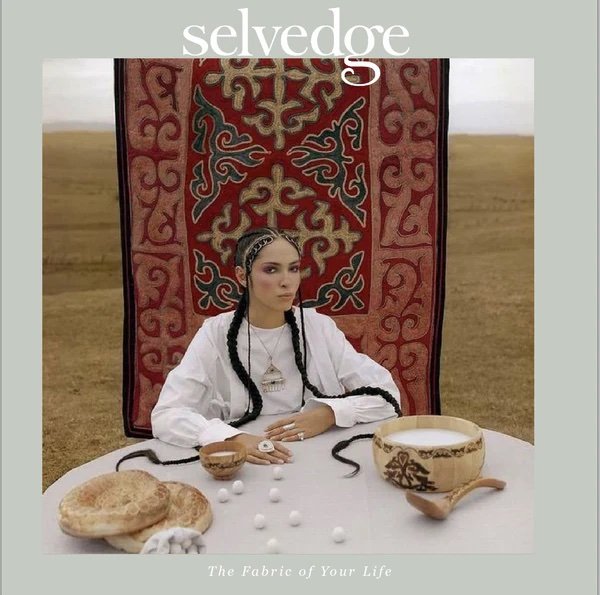
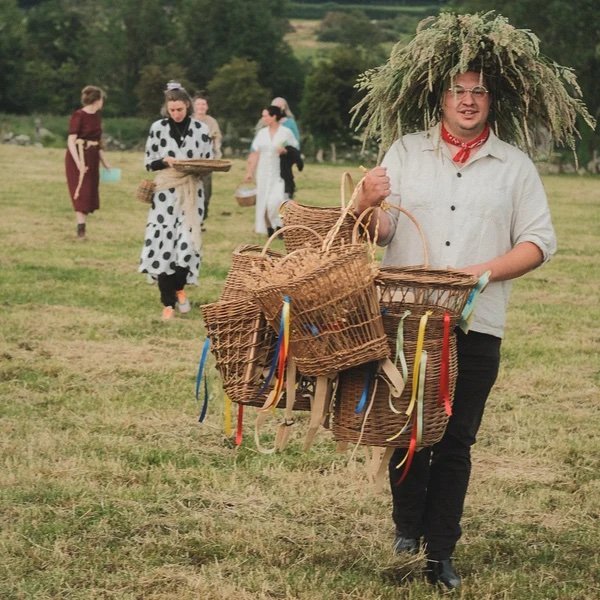
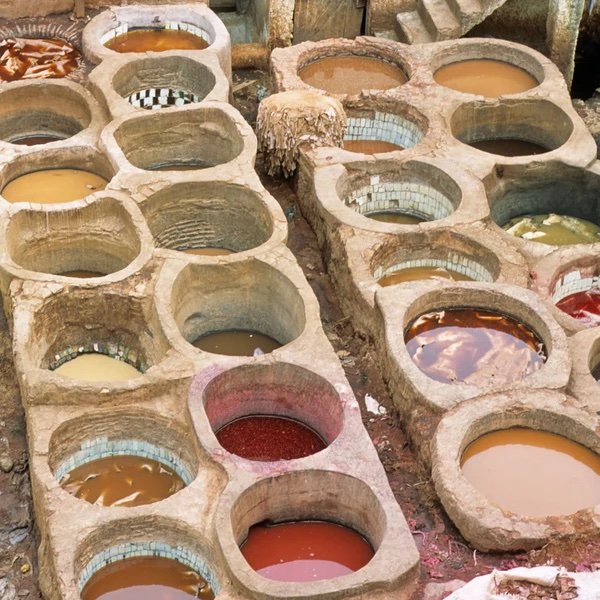
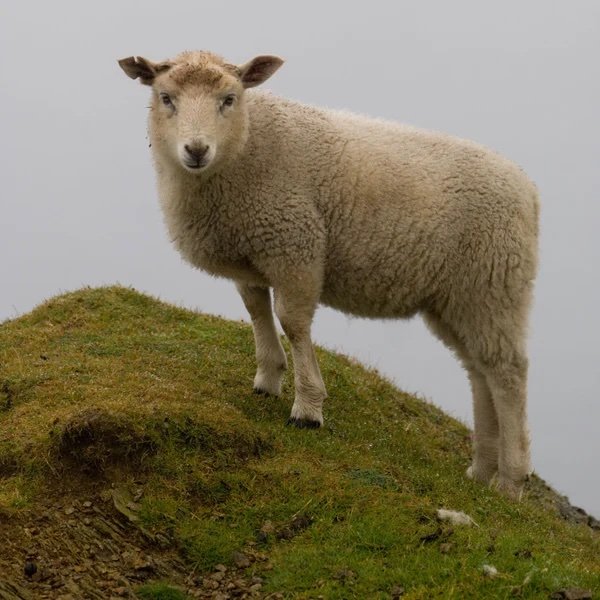
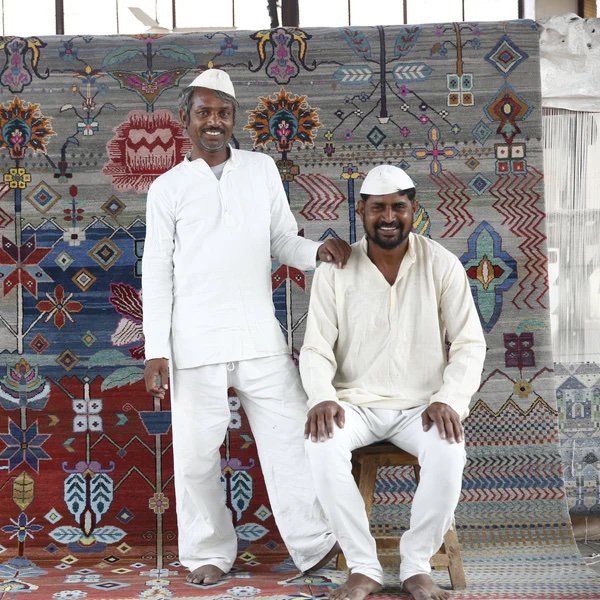
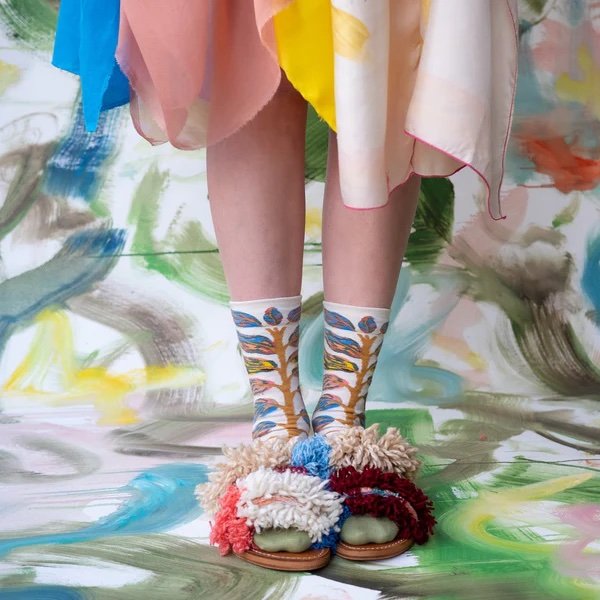
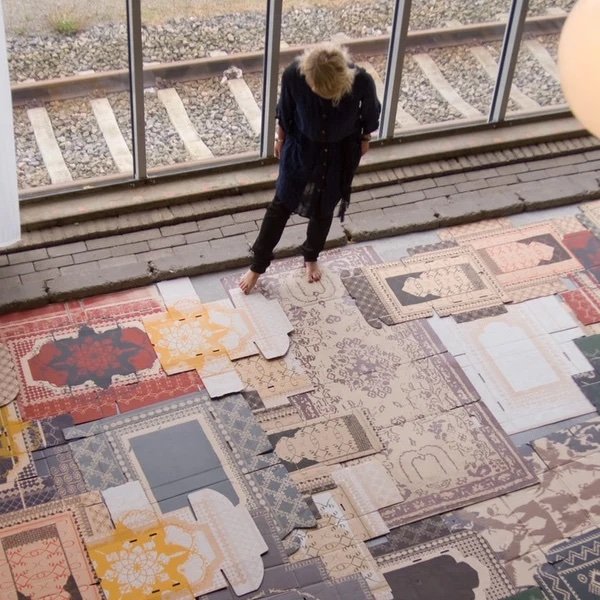
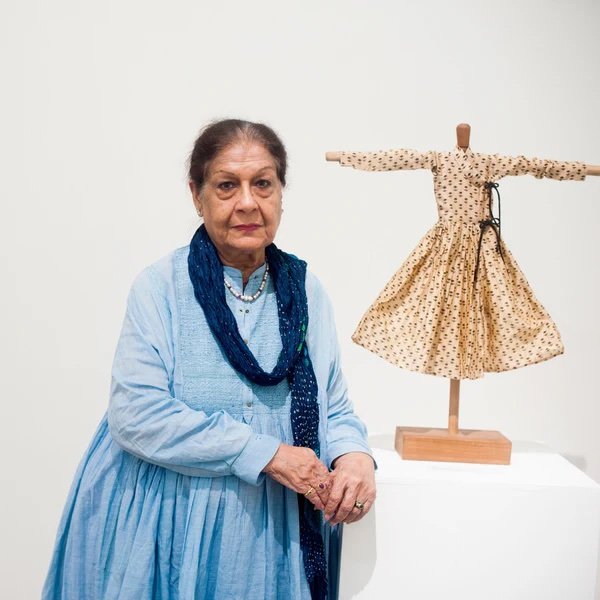

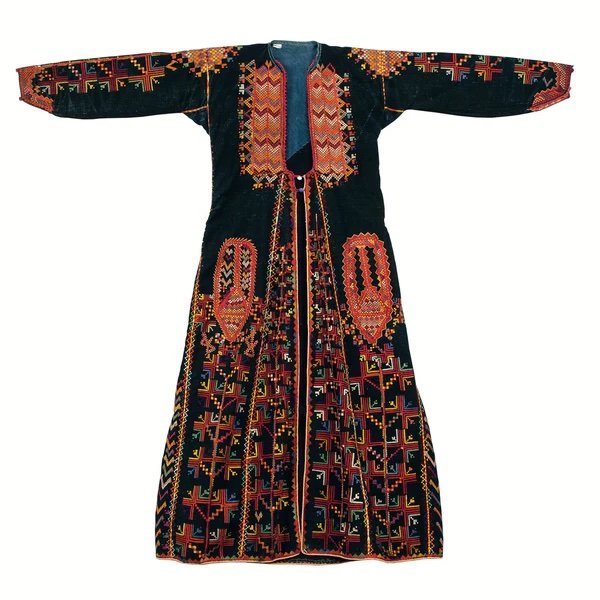
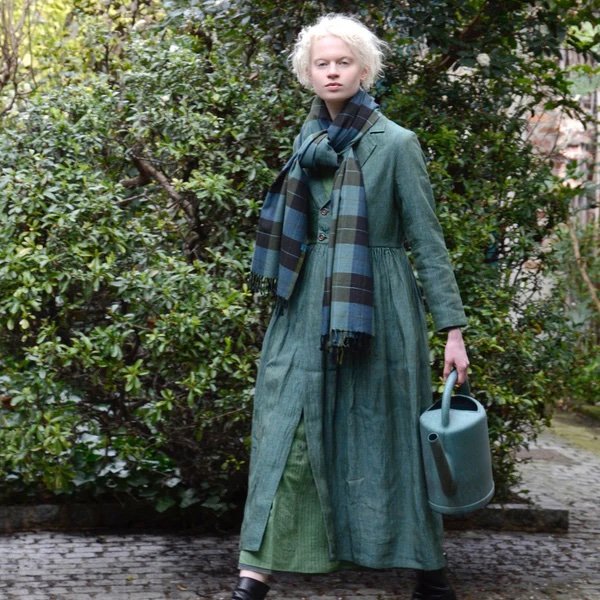
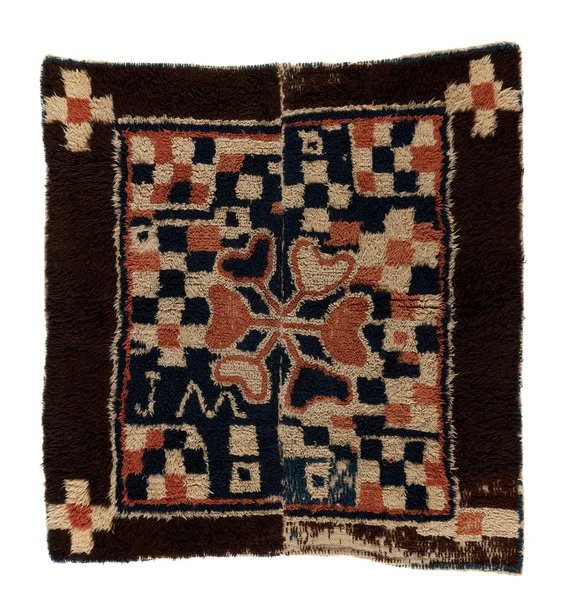
Selvedge Magazine Issue 120: Magic Carpet
Solomon’s carpet was reportedly made of green silk with a golden weft, 60 miles long and 60 miles wide. According to the Jewish fable, “when Solomon sat upon the carpet, he was caught up by the wind, and sailed through the air so quickly that he breakfasted at Damascus and supped in Media.” The term magic carpet is believed to have its roots in Persian and Arabian folklore, particularly in the collection of stories known as One Thousand and One Nights. These tales, compiled during the Islamic Golden Age, introduced the concept of a carpet that possessed magical powers to defy the laws of gravity and transport individuals to distant lands, evoking a sense of wonder, freedom, and exploration. Similar mystical carpets exist in Indian, Russian, Tibetan, and Chinese folklore. Their presence invites us to ask: What’s so special about carpets that they have been given magical powers?
The carpet responds to the fundamental human need of enclosure, defining and giving form to living space. It serves as protection against the limitless scales of space and time. It is both a house and temple, a place of shelter and leisure, and a place for prayer. The frame of the carpet cuts and delineates a portion of infinite space, devoting it to human existence, as is demonstrated in primary school classrooms up and down the country. Carpet time is a space where unity, respect for one another, turn-taking and working together towards a shared goal are encouraged.
As Ginger Gregg Duggan and Judith Hoos Fox, co-editors of this issue, state in their article “Breaking New Ground,” “it is because the carpet is an object of daily use throughout cultures and across societal stratifications [...] that it offers an entry point for artists’ manipulations, reinterpretations, and new creations. It provides the context to merge past with present, serious history with pop culture, and stereotypically Eastern and Western ideologies.” In this issue, we highlight contemporary artists exploring the frugal craft of rag-rug making, digital interpritations, prayer rugs, flat-woven kilims traded across continents, tattit rugs from Shetland, and the prison rugs of Jaipur.
Suspend disbelief and take a ride on our magic carpet as we merge imaginative storytelling, cultural exchange, and timeless human fascination with the extraordinary.
Hello. I am Polly Leonard, and I have spent my life motivated by a love of fibre, making, thinking and writing about textiles. I love the crispness of cotton, the stiffness of linen, the rustle and lustre of silk, the downy softness of mohair, and the weight of wool. This rich resource provides my inspiration.
Fibre may look like fluff, but It carries the weight of human history. It was the protagonist in the development of money, double-entry bookkeeping, and banking. Thread was woven into the sails blown by the winds of global trade. Cloth is key to the narrative of colonisation and slavery, the Industrial Revolution, the computer age and the growth of the pharmaceutical industry. And, thanks to the World Wide Web, textiles are part of the technological revolution too. All of this history makes textiles a culturally loaded commodity that communicates identity more profoundly than any other. This fluff is powerful stuff.
Sadly, textiles are also at the forefront of the climate crisis; their production is tightly bound up with the inequalities that plague our society. I am embarrassed that this blight in our relationship with cloth has peaked in my lifetime. I was born in 1966 when an average person spent over 10% of their income on clothes and bought fewer than 25 garments a year. Fast forward half a century, and the average person now spends less than 3% of their income on clothes. Yet, we consume more clothing than ever before: nearly 20 billion garments a year, that is 70 per person - more than one a week. More than 40 million tons of textiles are discarded each year, an amount that has doubled in the 20 years since I launched Selvedge. Our insatiable desire for ever-cheaper production has triggered an avalanche of fossil fuel-derived fashion that has contributed to the climate crisis, but I believe that textiles also hold the key to a sustainable future.
I launched Selvedge in 2004 to celebrate our cerebral and sensual addiction to cloth while promoting skillfully made and carefully considered textiles. I fall more and more in love with textiles in every issue, enamoured by the stories and lives of the talented makers we feature. These stories, told through the pages of the magazine, acknowledge the significance of textiles as a part of everyone’s story. I believe that the most interesting and evocative textile stories deserve to be shown in the best possible light and aspire to create an aesthetically beautiful experience.
As a continuation of the conversations that start in the pages of the magazine, Selvedge produces a podcast, newsletter, blog and inspirational Instagram feed - featuring artisans, adventures and opinions. These avenues are a meeting point for our community and an entry point into the world of textiles for those looking for an original and broadening perspective. The Selvedge World Fair, a celebration of cloth, culture and creativity, provides the opportunity for one hundred master artisans from eighty-five countries to tell their stories, share their cultural heritage and demonstrate sustainability at its very best. Our tours, socials and workshops extend the opportunity to share knowledge and develop skills.
In the pages of Selvedge, it has been my privilege to present textiles differently and, in that difference—so much a part of the magazine's aesthetics —to find beauty.
Polly Leonard
